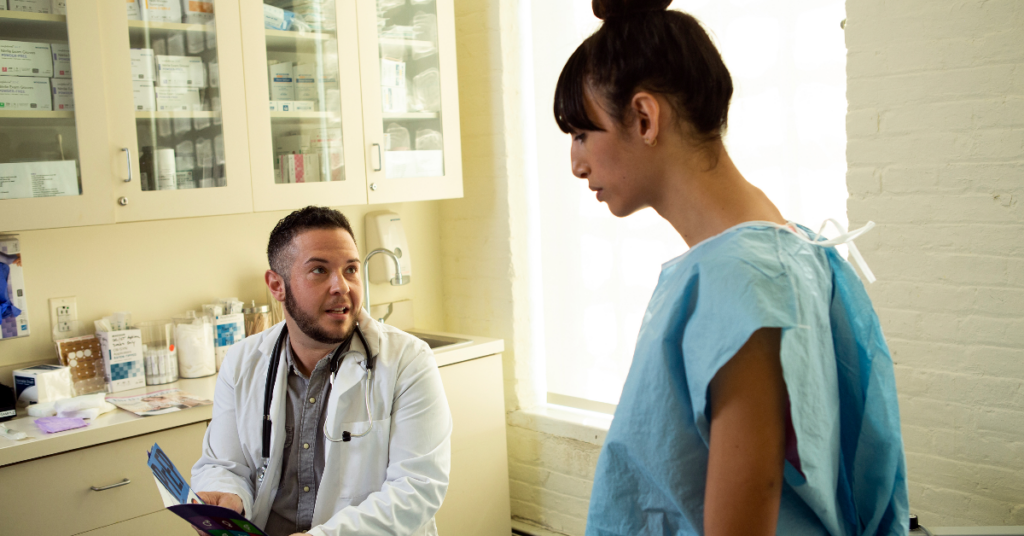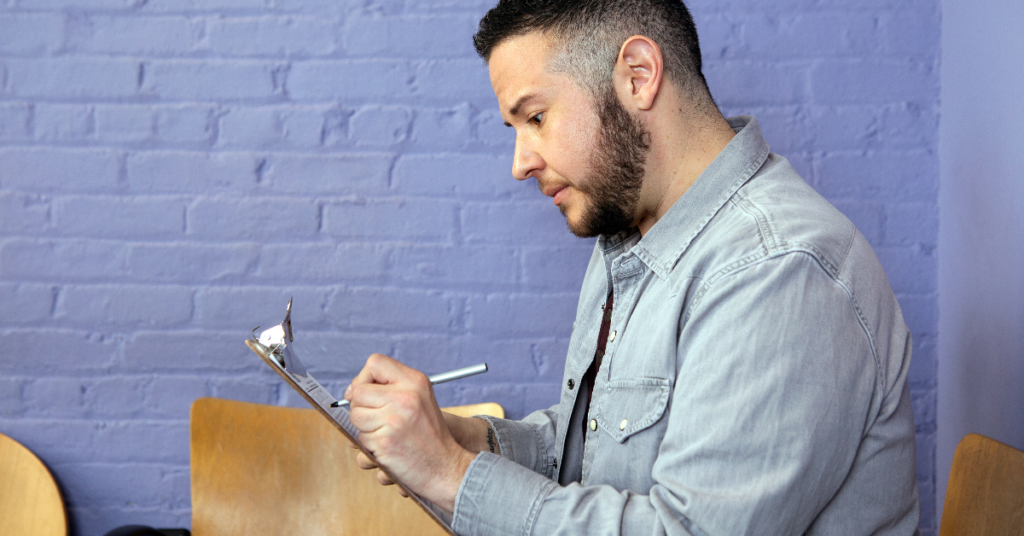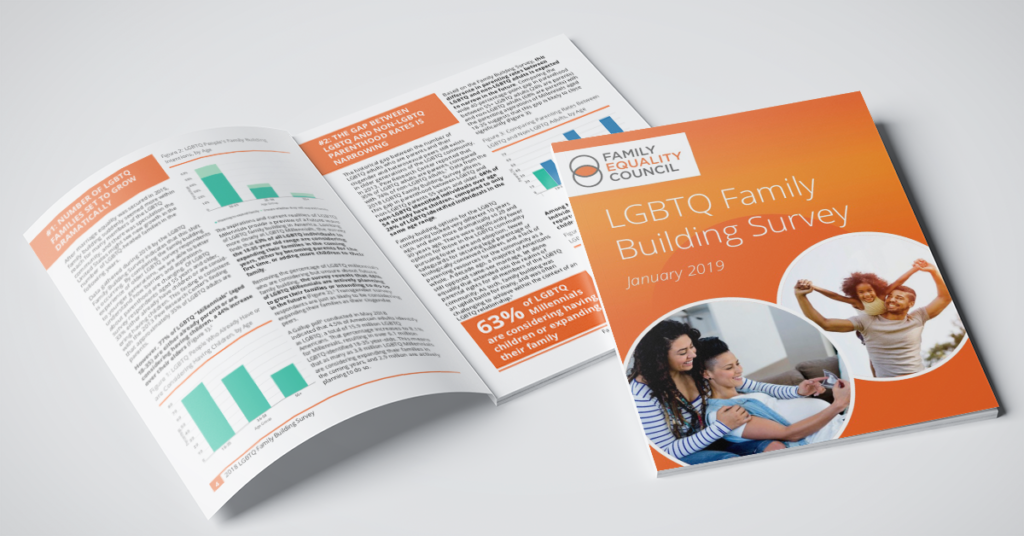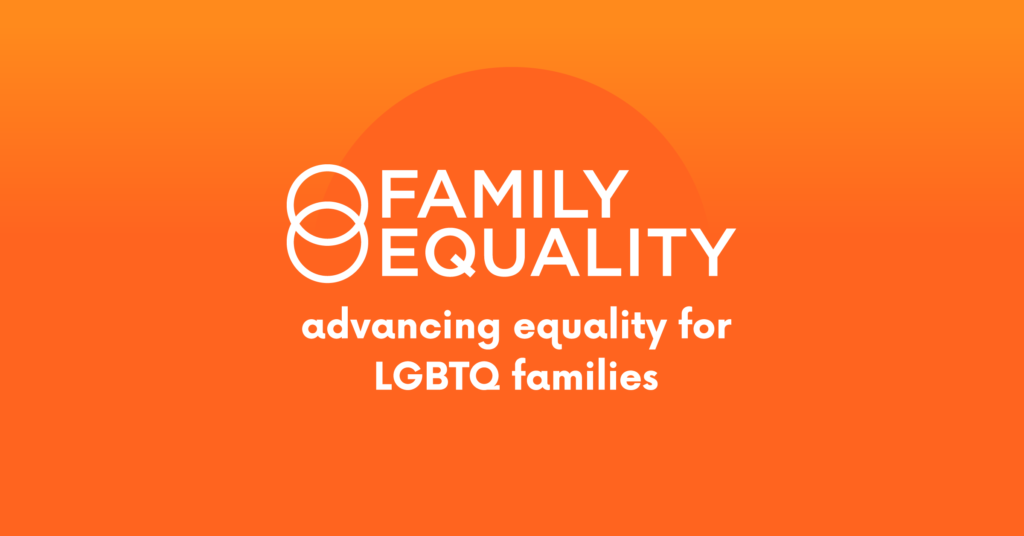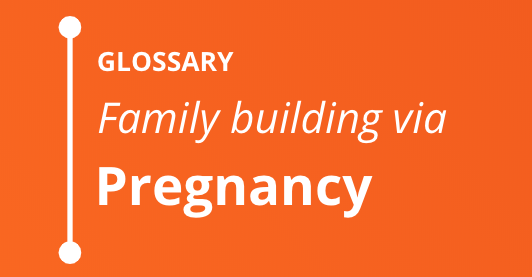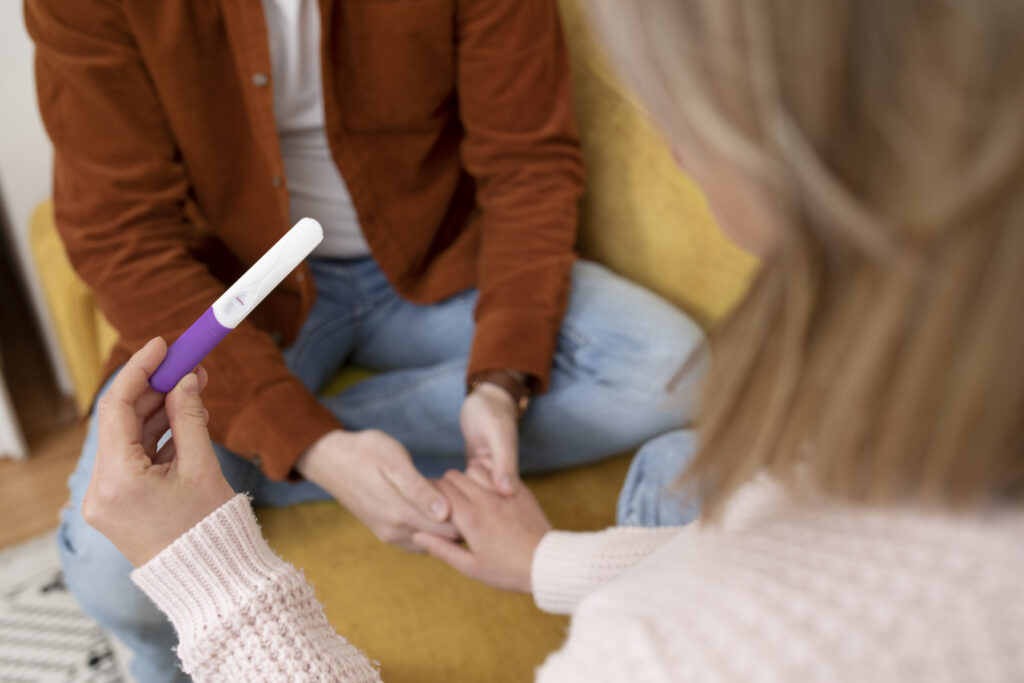
Insemination and assisted reproduction through processes like in vitro fertilization are two common ways for LGBTQ+ people to become pregnant. Whether you’re ready to start the process of trying to conceive or just gathering information, Family Equality is here to help you on this journey!
Explore: OPTIONS | AFFIRMING PROVIDERS | GRANTS | SUPPORT
To hear more family formation stories view our story library or listen to Outspoken Voices and Shining Through the Clouds!
The ABCs of Trying to Conceive
Trying to conceive as an LGBTQ+ person
First, congratulations on taking this first step to expand your family! This journey might come with unexpected challenges — but there are also so many joys and surprises along the way. As you embark on this path, remember to lean on your support system, develop a plan for the ups and the downs, work to find providers you can trust, and continue to cater to the activities that bring you joy.
And don’t forget: The whole process will be well worth the work in the end.
As you consider where to begin, it might be helpful to start with a fertility checkup, an exam typically covered by insurance that could reveal conception blockers you might not be aware of. For more information on finding an affirming fertility specialist, check out our directory!
Types of Insemination and Assisted Reproduction
For LGBTQ+ folks, there are many paths to pregnancy depending on your financial, emotional, and biological resources.
At-home insemination
Intrauterine insemination
In vitro fertilization (IVF)
Reciprocal IVF
Additional resources related to LGBTQ+ pregnancy

Working with an LGBTQ+ affirming clinic
Whether you’re working with fertility specialists to get pregnant at home or receiving more involved care at an IVF center, it’s important to screen potential sites so you can find providers that work for you and your family.
If you’re looking for providers competent in LGBTQ+ family-building, Family Equality recommends exploring our provider directory!
You can also print out and share our medical provider form to encourage your providers to make changes in their practice that foster a culture of inclusivity.
As you continue to work with your identified provider, we encourage you to participate fully in your family’s treatment. Ask questions, be transparent and communicative about your symptoms and experiences, and get support from outside sources like midwives or doulas if needed.
At or before your first visit, consider asking the following questions:
- In what year was your clinic established?
- What’s your live birth rate per IVF cycle?
- What’s your rate of multiples?
- What are the qualifications of your providers and staff?
- Are you a member of the American Society for Reproductive Medicine (ASRM)? Do you follow ASRM guidelines on protocols concerning number of embryos transferred?
- What percentage of your clients are LGBTQ+?
- Has your clinic completed any cultural competency training for the LGBTQ+ community?
- How do we become matched with a surrogate/donor through your program?
- What are your fees?
- What if it doesn’t work the first time? What are our options and costs for subsequent attempts?
Securing legal parentage after achieving pregnancy
Once you do achieve pregnancy, there are legal considerations related to genetic connections and establishing legal parentage.
If you’re looking for an attorney near you, visit the LGBTQ+ Bar Association’s interactive map and directory of family law attorneys.
As you search, consider asking the following questions:
- Are you familiar and up-to-date with family laws affecting the LGBTQ+ community?
- What additional legal steps, if any, need to be taken by my partner or by myself once our baby is born?
- Does my partner need their own assisted reproduction attorney? What about our donor, do they require separate legal counsel?
- Do you know of any pending legislation that could affect our family structure?
- How do we initiate a second parent adoption?
- Can both my partner’s name and my name be on the birth certificate?
- Are any additional steps required in order for us to obtain a birth certificate or passport for the child(ren)? Will our baby be recognized as ours when we travel to other states and countries?
- Will you be our liaison at the hospital?
- What are your fees?








